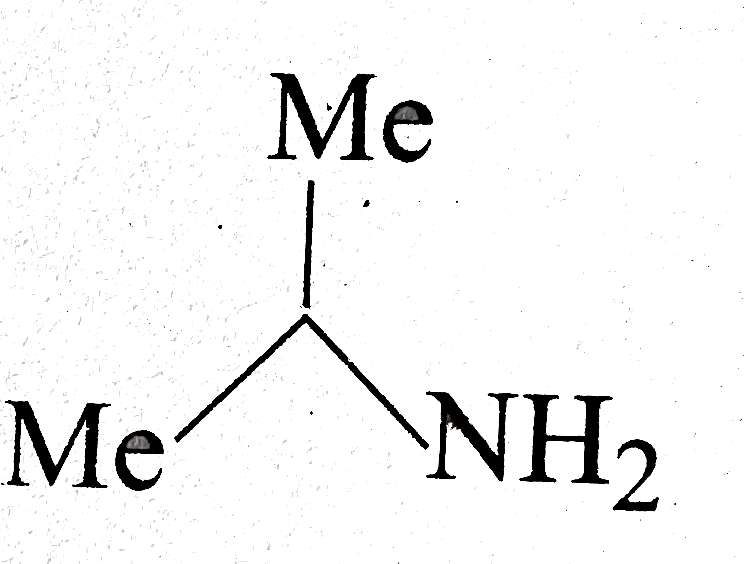Arrange the acids (I) H2SO3, (II) H3PO3 and (III) HClO3 in the decreasing order of acidity.
I>III>IV
I>II>III
II>III>I
III>I>II
The correct Answer is:D
To arrange the acids H2SO3, H3PO3, and HClO3 in the decreasing order of acidity, we can follow these steps:
Step 1: Determine the oxidation states of the central atoms in each acid.
1. For H2SO3:
- Let the oxidation state of sulfur (S) be x.
- The equation based on the oxidation states is:
2(+1)+x+3(−2)=0
Simplifying this gives:
2+x−6=0⟹x−4=0⟹x=+4
- Therefore, the oxidation state of sulfur in H2SO3 is +4.
2. For H3PO3:
- Let the oxidation state of phosphorus (P) be y.
- The equation based on the oxidation states is:
3(+1)+y+3(−2)=0
Simplifying this gives:
3+y−6=0⟹y−3=0⟹y=+3
- Therefore, the oxidation state of phosphorus in H3PO3 is +3.
3. For HClO3:
- Let the oxidation state of chlorine (Cl) be z.
- The equation based on the oxidation states is:
(+1)+z+3(−2)=0
Simplifying this gives:
1+z−6=0⟹z−5=0⟹z=+5
- Therefore, the oxidation state of chlorine in HClO3 is +5.
Step 2: Compare the oxidation states to determine acidity.
- The acidity of an acid is generally related to the oxidation state of the central atom. Higher oxidation states typically lead to stronger acids.
- We have determined the oxidation states as follows:
- H2SO3: +4
- H3PO3: +3
- HClO3: +5
Step 3: Arrange the acids in decreasing order of acidity.
- Based on the oxidation states:
- HClO3 (Cl with +5) > H2SO3 (S with +4) > H3PO3 (P with +3)
Thus, the order of acidity from strongest to weakest is:
HClO3>H2SO3>H3PO3
Final Answer:
The decreasing order of acidity is:
HClO3>H2SO3>H3PO3
- Let the oxidation state of sulfur (S) be x.
- The equation based on the oxidation states is:
2(+1)+x+3(−2)=0
Simplifying this gives:
2+x−6=0⟹x−4=0⟹x=+4
- Therefore, the oxidation state of sulfur in H2SO3 is +4.
- Let the oxidation state of phosphorus (P) be y.
- The equation based on the oxidation states is:
3(+1)+y+3(−2)=0
Simplifying this gives:
3+y−6=0⟹y−3=0⟹y=+3
- Therefore, the oxidation state of phosphorus in H3PO3 is +3.
- Let the oxidation state of chlorine (Cl) be z.
- The equation based on the oxidation states is:
(+1)+z+3(−2)=0
Simplifying this gives:
1+z−6=0⟹z−5=0⟹z=+5
- Therefore, the oxidation state of chlorine in HClO3 is +5.
- We have determined the oxidation states as follows:
- H2SO3: +4
- H3PO3: +3
- HClO3: +5
- HClO3 (Cl with +5) > H2SO3 (S with +4) > H3PO3 (P with +3)
HClO3>H2SO3>H3PO3
The decreasing order of acidity is:
HClO3>H2SO3>H3PO3
Similar Questions
Arrange the acids H2SO4,H2SeO4 and H2TeO4 in decreasing order of their strength.
View SolutionArrange H2TeO3,H2SeO3 and H2SO3 in increasing order of acid strength.
View SolutionThe oxo-acids of P2O5 is H3PO4
View SolutionBasicity of H3PO2,H3PO3andH3PO4 is not the same. Explain
View SolutionArrange BF3,BCl3,BBr3,BI3 in the decreasing order of Lewis acid character and explain.
View SolutionArrange 1∘,2∘,3∘ liquid alcohols in decreasing order of acidities.
View SolutionH3PO2,H3PO3 and H3PO4 which of them are tribasic acids
View SolutionAssertion (A): There is very little difference in acid strength of H3PO4,H3PO3,and H3PO2.
Reason (R) : The hydrogens in these acids are not all bonded to oxygens. The electrone-grativities of P and H are almost the same.View SolutionAssertion: There is a very little difference in acidic strengths of H3PO4,H3PO3 and H3PO2.
reason: Number of unprotonated oxygen (=O) responsible for increase of acidic strength due to inductive effective remains the same.View SolutionArrange the following in their decreasing order of Basicity.
(I)
(III)
(IV) NH3.View Solution

